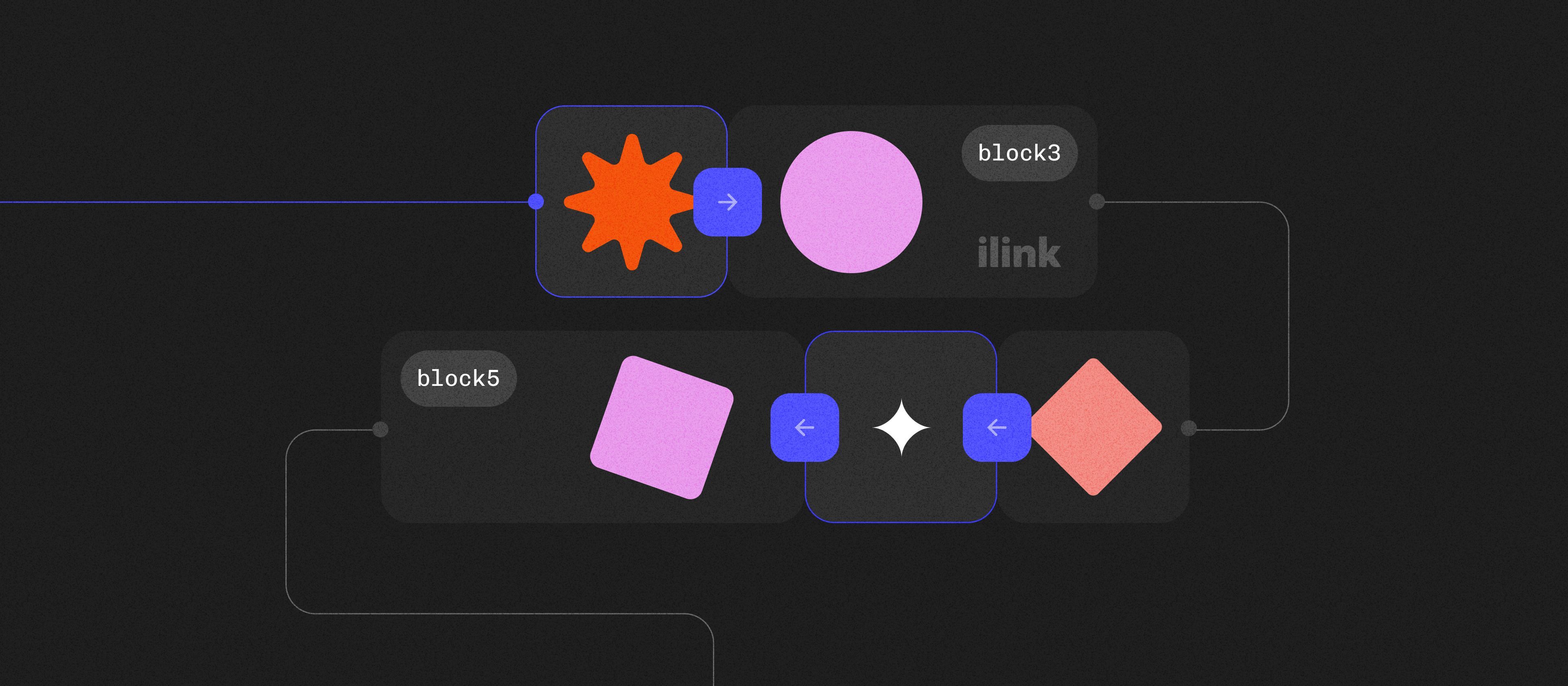Protecting business from cyber threats using the latest technologies
Introduction
In today's digital landscape, the threat of cyber attacks looms more significant than ever, affecting businesses of all sizes across various industries. With cybercriminals becoming more sophisticated, companies must fortify their defenses using the latest technologies to safeguard their data and operations. A recent analysis by S&P Global Ratings highlighted that sectors with extensive customer data or that provide critical or time-sensitive services, such as telecommunications, media, and entertainment, are desirable targets for cybercriminals.
30% of media vendors are susceptible to compromise through vulnerabilities in their publicly accessible online presence. Media and entertainment companies typically engage with multiple vendors, creating the potential for supply chain-style attacks that can have far-reaching consequences.
For example, a significant breach occurred at a well-known M&E company when cyber attackers exploited a weak point in a third-party vendor's security. This led to the massive theft of customer payment information and confidential corporate data, which caused severe financial damage and damaged the company's reputation and customer trust. Similarly, a leading telecommunications provider faced a sophisticated ransomware attack that disrupted operations and threatened to leak sensitive customer data.
By understanding these risks and leveraging the latest technologies, businesses can significantly enhance their security posture to defend against such sophisticated threats.
Most common Cyber Threats
Cyber threats have evolved in complexity and impact, posing significant challenges to businesses worldwide. Below, we explore some of the most prevalent forms of cyber attacks, their mechanisms, and the damage they can cause to an organization.
- Phishing attacks. One of the most common and effective cyber threats, phishing, involves using fraudulent communication, usually email, that appears to come from a reputable source. The goal is to steal sensitive data like login credentials or credit card numbers. For instance, employees may receive an email that mimics the style of a trusted institution, asking them to confirm their account details via a malicious link that leads to a fake website.
- Data breaches. A data breach occurs when confidential information is accessed or disclosed without authorization, potentially exposing sensitive customer or company data. This can result from various cyber attacks, including hacking or insider threats. The 2017 Equifax data breach, which exposed the personal information of approximately 147 million people, underscores the severe impact of such incidents.
- Supply chain attacks. These occur when a hacker infiltrates your system through an outside partner or provider with access to your systems and data. This method was highlighted in the 2020 SolarWinds attack, where malicious code was inserted into the software updates for the SolarWinds Orion platform, affecting its clients, including government entities and corporations.
- Ransomware. Ransomware attacks involve malware that encrypts the victim's data, with the attacker demanding a ransom to restore access. These attacks can cripple critical systems, such as seen in the 2021 Colonial Pipeline attack, which disrupted fuel supply on the East Coast of the USA.
- Denial of service (DoS) and distributed denial of service (DDoS) attacks. These attacks aim to shut down a machine or network, making it inaccessible to its intended users. DoS attacks overload the systems with traffic, and DDoS attacks use multiple compromised computer systems as sources of attack traffic. For example, in 2016, the Dyn cyberattack involved multiple DDoS attacks targeting systems operated by Domain Name System (DNS) provider Dyn. This caused significant outages on several major platforms and made online services unavailable to large swathes of users in Europe and North America.
- Man-in-the-middle (MitM) attacks occur when attackers intercept and relay messages between two parties who believe they are communicating directly. These attacks can happen in any form of online communication, such as banking or email, and can lead to the unauthorized interception of personal information.
- Zero-Day exploits. These involve the exploitation of vulnerabilities in software or hardware that are unknown to the vendor. Attackers exploit these vulnerabilities before the vendor becomes aware and hurries to fix them. These attacks are particularly dangerous because they exploit the lack of defenses due to unknown vulnerabilities.
Understanding these threats is the first step in developing effective cybersecurity measures. Awareness and proactive measures can significantly mitigate the risks posed by these cyber threats.
The Role of Technology in Cybersecurity
Advancements in technology have expanded cybercriminals' arsenal and provided powerful tools for defending against these threats. Leveraging cutting-edge technologies can significantly enhance an organization's ability to detect, prevent, and respond to cyber incidents.
Key Technologies and Their Applications
- Artificial intelligence and machine learning. AI and ML can analyze patterns and predict potential threats, enabling proactive security measures. For example, AI-driven systems can automatically detect and quarantine phishing emails before they reach users.
- Blockchain technology. Known for its robust security features, blockchain can enhance data integrity and prevent tampering. Businesses are increasingly using blockchain to secure sensitive transactions and reduce the risk of fraud.
- Cloud security. As more businesses move to the cloud, robust cloud security is essential. Implementing cloud-specific security measures, such as encryption and multi-factor authentication, can protect critical data stored online.
- Internet of Things (IoT) security. As IoT devices increase in the workplace, securing these devices is critical. IoT security solutions focus on protecting devices and networks from unauthorized access and ensuring data integrity.
Implementing a Cybersecurity Strategy
Developing and implementing a robust cybersecurity strategy is essential for protecting your business from cyber threats. A comprehensive approach involves multiple layers of security measures and practices:
- Assess and plan. Begin by assessing your current cybersecurity posture. Identify vulnerabilities through regular audits and risk assessments. Develop a strategy that covers all digital and physical security aspects tailored to your business's specific needs and risks.
- Use access control and check-in systems. Implement strict access control measures to ensure that only authorized personnel can access sensitive data and systems. To secure physical and digital access points, utilize advanced check-in systems, including biometric verification, such as fingerprint and facial recognition. This limits insider threat risk and ensures access is monitored and controlled.
- Invest or upgrade your cybersecurity division. Allocate resources to strengthen your cybersecurity team. This could mean hiring skilled cybersecurity professionals, investing in ongoing training, and acquiring advanced tools and technologies. A well-resourced cybersecurity division is better equipped to monitor threats, respond to incidents, and stay ahead of cybercriminals.
- Adopt advanced cybersecurity technologies. Leverage the latest technologies, such as artificial intelligence (AI), machine learning, and blockchain, for enhanced threat detection and response. AI and machine learning can analyze vast amounts of data to detect patterns and anomalies that may indicate a cyber threat. At the same time, blockchain can offer increased data integrity and transaction security.
- Don't overlook conventional surveillance. In addition to digital security measures, physical security should be addressed. Use CCTV cameras, security personnel, and other surveillance measures to monitor your premises. Physical security systems can help prevent unauthorized physical access to critical areas and provide crucial evidence in a security breach.
- Implement robust data management policies and ensure that your data management practices are secure. This includes secure storage, regular backups, and the safe disposal of sensitive information. Data encryption should be standard practice for data at rest and in transit to protect it from unauthorized access.
- Regular training and awareness programs. Cybersecurity is not just the responsibility of your IT department; it's a company-wide commitment. Conduct regular training sessions to inform employees of the latest cyber threats and teach them best practices for maintaining security, such as recognizing phishing attempts and safely handling customer data.
- Incident response and recovery plan. Develop a clear incident response plan outlining steps to take during a cyber attack. This should include containment, investigation, eradication, recovery procedures, and a communication strategy to inform stakeholders without causing unnecessary panic.
- Continuous monitoring and review. Cybersecurity is an ongoing process. Monitor your systems for suspicious activity continuously and review your security measures regularly. Stay updated with the latest cybersecurity trends and threats, and be prepared to adapt your strategy as necessary.
Integrating these practices into your cybersecurity strategy can significantly enhance your organization's resilience against cyber threats. Protecting your business requires a balanced approach that includes the latest technological solutions and traditional security measures.
Future of Cybersecurity
As technology continues to evolve rapidly, the future of cybersecurity is set to become even more complex and intertwined with emerging technologies. Staying ahead of potential cyber threats requires understanding these advancements and their implications for security. Here are key trends that are shaping the future of cybersecurity:
- Integration of AI and ML. Artificial intelligence and machine learning will become even more sophisticated, providing unparalleled threat detection and response capabilities. These technologies will automate complex processes for identifying and neutralizing threats, reducing the time between threat detection and response.
- Quantum computing. As quantum computing becomes more accessible, it will significantly impact cybersecurity. The power of quantum computers will create new challenges for encryption methods and offer new ways to create virtually unbreakable encryption.
- Increased use of blockchain. Blockchain technology is poised to play a pivotal role in enhancing cybersecurity. Its ability to provide transparent and tamper-proof systems makes it ideal for securing transactions, data exchanges, and automated contracts. Blockchain can significantly reduce vulnerabilities in data integrity and authentication.
- Rise of cybersecurity mesh. Cybersecurity mesh is a flexible, modular approach that integrates various security services for a more cohesive and integrated security infrastructure. This method allows for the security perimeter to be defined around the identity of a person or thing, which is particularly effective in protecting widely distributed assets and environments.
- Regulatory and privacy changes. As cyber threats evolve, so too will the regulatory landscape. New laws and regulations around data privacy and security, such as the GDPR in Europe and similar rules in other regions, will drive changes in how organizations manage and protect data.
Partner with iLink to Secure Your Future with Blockchain
In this rapidly evolving landscape, ilink stands at the forefront of integrating blockchain technology into cybersecurity solutions. We invite businesses to explore how our blockchain services can enhance your security posture and expand and streamline your operations. Blockchain's unique capabilities in securing data and transactions make it an essential component of modern cybersecurity strategies.
At ilink, we specialize in customizing blockchain solutions tailored to your business needs. Whether you want to improve data integrity, enhance transaction security, or future-proof your business against emerging cyber threats, iLink's expert team is here to guide you. Partner with us to harness the power of blockchain and ensure your business remains resilient in the face of future challenges.
Comments (0)
Latest Posts
Professional blockchain system development makes it possible to create a secure infrastructure that minimizes risks and accelerates operational processes.
Companies that want to remain competitive actively invest in fintech application development, transforming traditional finance into flexible and technology-driven services.
Do You Have any Questions?
Leave your details - we will contact you to answer all your questions




